I carried a Harman Reusable 35mm film camera on pilgrimage to add an in-the-moment discipline to walking the Camino de Santiago.
Only three rolls of black and white 36-exp film for the journey kept me light on my feet and hampered the temptation to point my iPhone at every footstep, cathedral, and padrón pepper on my plate.
I am looking through the images back from Máquinas De Outros Tempos in Porto.
Máquinasis is what I imagine camera stores will be like in heaven. (I know my belief that analog will somehow make it to kingdom come is flawed.)
To be honest, I was disappointed with the rolls at first. Many of the photos I thought would be awesome are not.
Some are classically framed; others are literally shot from the hip.
The darkness overwhelms some frames; others are blurred.
Sitting with the images for a moment, I realize the beauty in the flaws.
Looking with a more thoughtful eye and considering each image on its own, I discover a few stand out. They look like they were taken with something more sophisticated than a focus-free, fixed 31mm, F10 optical lens.
This image grabs me…
The rain had stopped, and I came to this crossroads next to a stream.
The yellow arrow pointed the way to the narrow path alongside the water. Throughout the Camino, there are small stone pillars guiding pilgrims toward the cathedral in Santiago de Compostela.
If you look closely, you’ll see a stone sitting above the scallop shell symbol. This was common all along the Way of St. James, as pilgrims often carry a rock to signify a burden they carry. At the point they sense the burden is lifted, they will leave this 'symbol of burden’ behind and carry onward and upward. Although rocks were the most common, I saw a wide variety of photographs, shells, keys, lockets, and other items of personal significance to the carrier.
At one point, I came upon this surprise. I was out of film for the day… So I cheated and took this photo with my phone:
Maybe it is as simple as someone stumbled, had an extensive curse fest, and then carefully placed the busted glasses here.
But I cannot help but wonder about the profound “the blind will see” quality to it all. Do you see it too? Is this brokenness or a Pool of Siloam type healing?
Another bonus iPhone photo was more justified.
I walked past the cemetery of the beautiful Parroquia de Santa María when I realized it had been an hour since I left Pontevedra. Part of my daily rhythm was to do a few stretches sixty minutes into my day. The cemetery stairs were the only sufficient space nearby, so I walked back, placed my right leg on the steps, and held onto the poles with both hands. (I raised a few fellow pilgrim eyebrows by 'going the wrong way' combined with odd cemiterio estiramientos.)
When I looked up to stabilize myself and switch legs, I saw this…
Realizing B&W would not do the trick... I grabbed my iPhone to capture…
Life Lesson Learned: Do your stretches, and look up.
You don’t want to miss the rainbow waiting for you.
Confession: It wasn’t until the last day that I realized these stone markers were literally “milestones.” Below the arrow, the specific distance left to reach the Cathedral in Santiago is clearly marked.
It wasn’t until this very moment that I pondered the “mile”stones list the distance in kilometers.
Can it still be called a milestone? I guess “kilometerstone” doesn’t have the same ring even if 95% of the world is now on the Metric System (looking at you, USA).
A few more frames here...
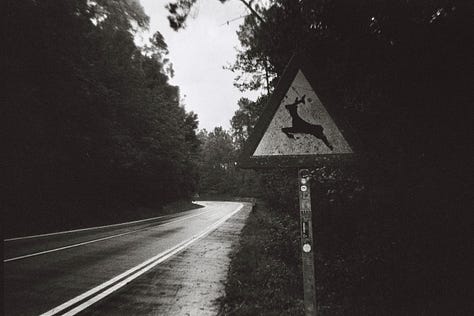
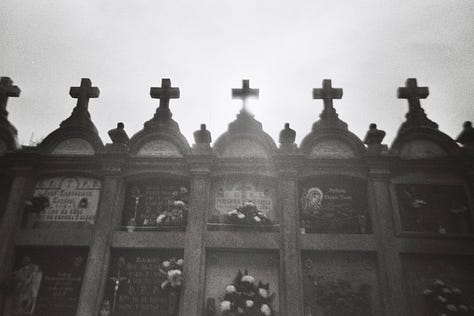
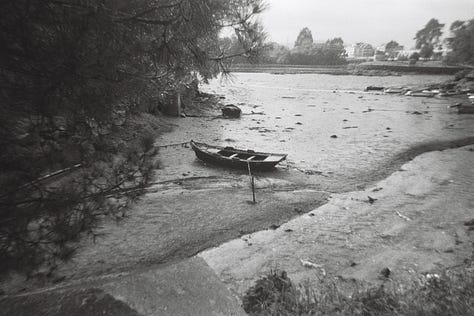
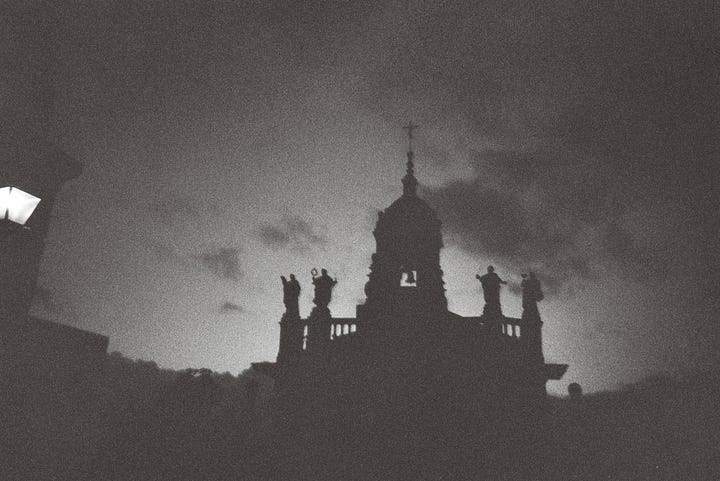
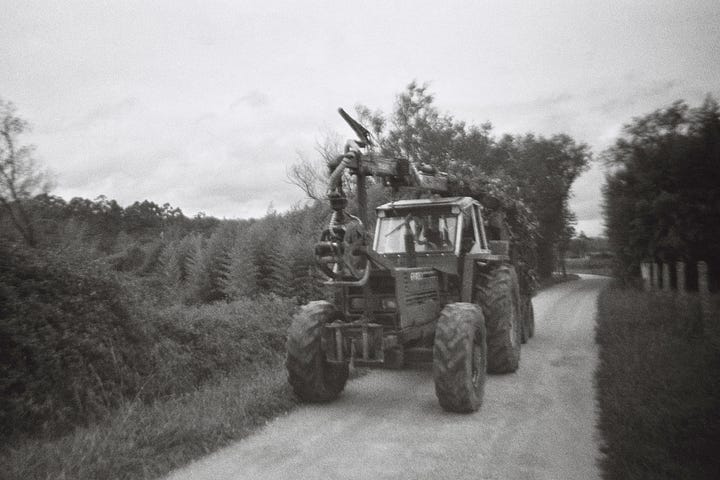

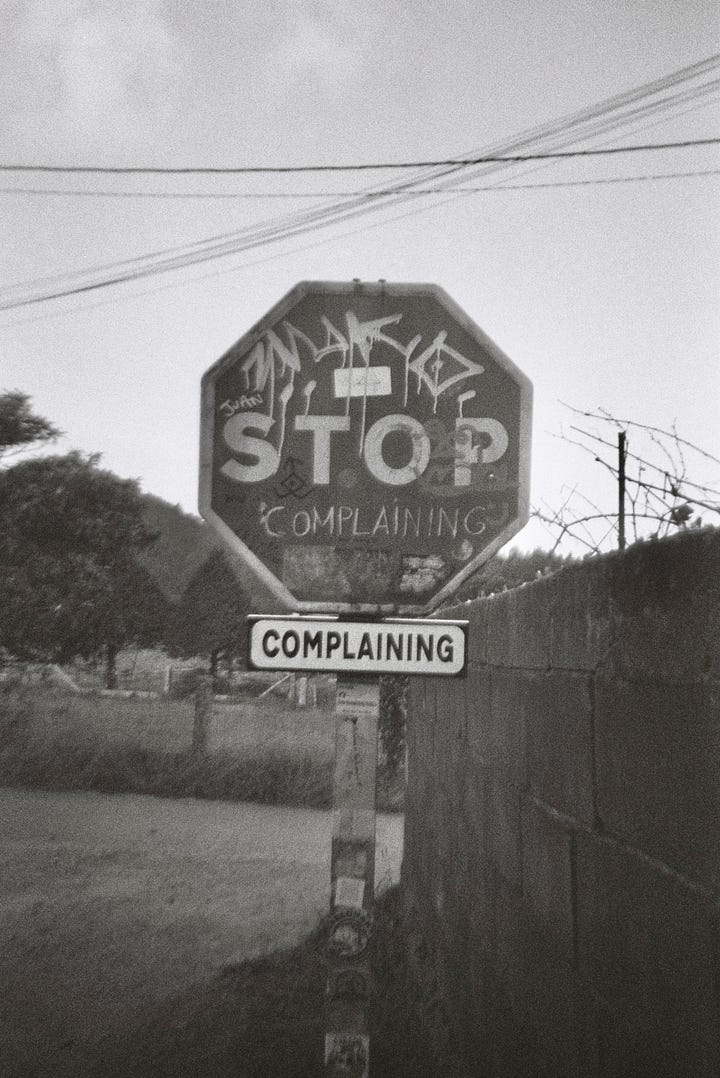
One more takeaway.
If you’re interested in the history of disposable cameras and Fujifilm’s 1986 QuickSnap line, known as 写ルンです (Utsurun-Desu, "It takes pictures") in Japan, enjoy the rabbit hole here.
I love the growing interest in reusable, disposable cameras.
What was originally meant to be tossed aside is now reclaimed, reused, and reimagined over and over. No doubt, “Reusable Disposable” is an oxymoron (like jumbo shrimp, freezer burn, or airline food.), but I find something profound in a gadget that limits possibilities while increasing joy and wonder. I long for a smaller sandbox to play in.
Is it too nerdy to consider how the processing time and development temperature affect the stability and archival quality of your photo image?
Processing and Development are two verbs I want to replace instant and impatient.
I am doing my best to apply the principles of analog photography to my daily rhythms.
I want more of less in my life.
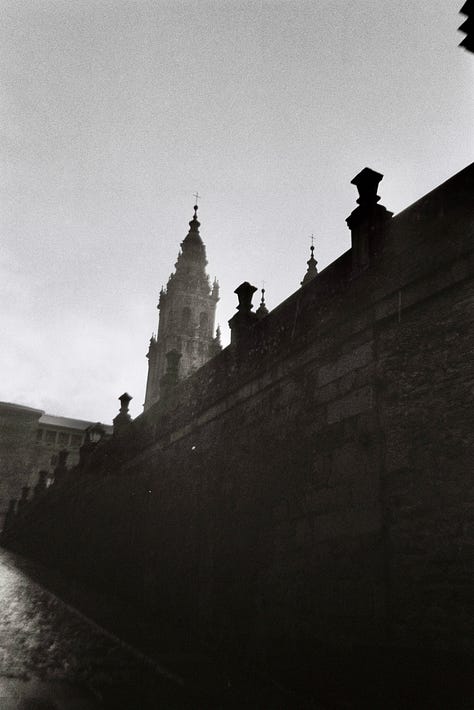

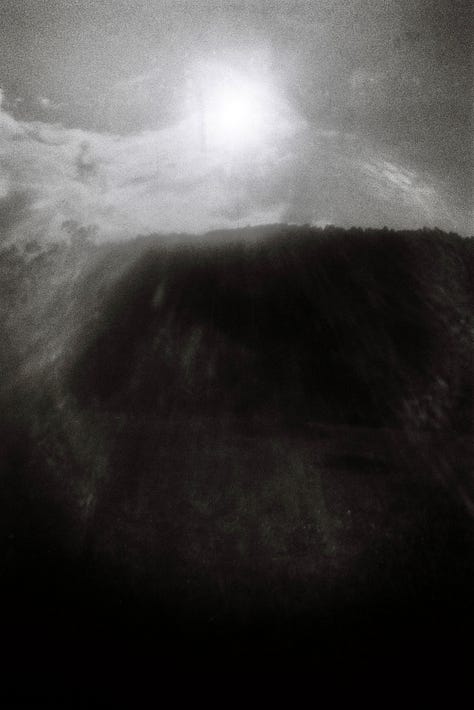



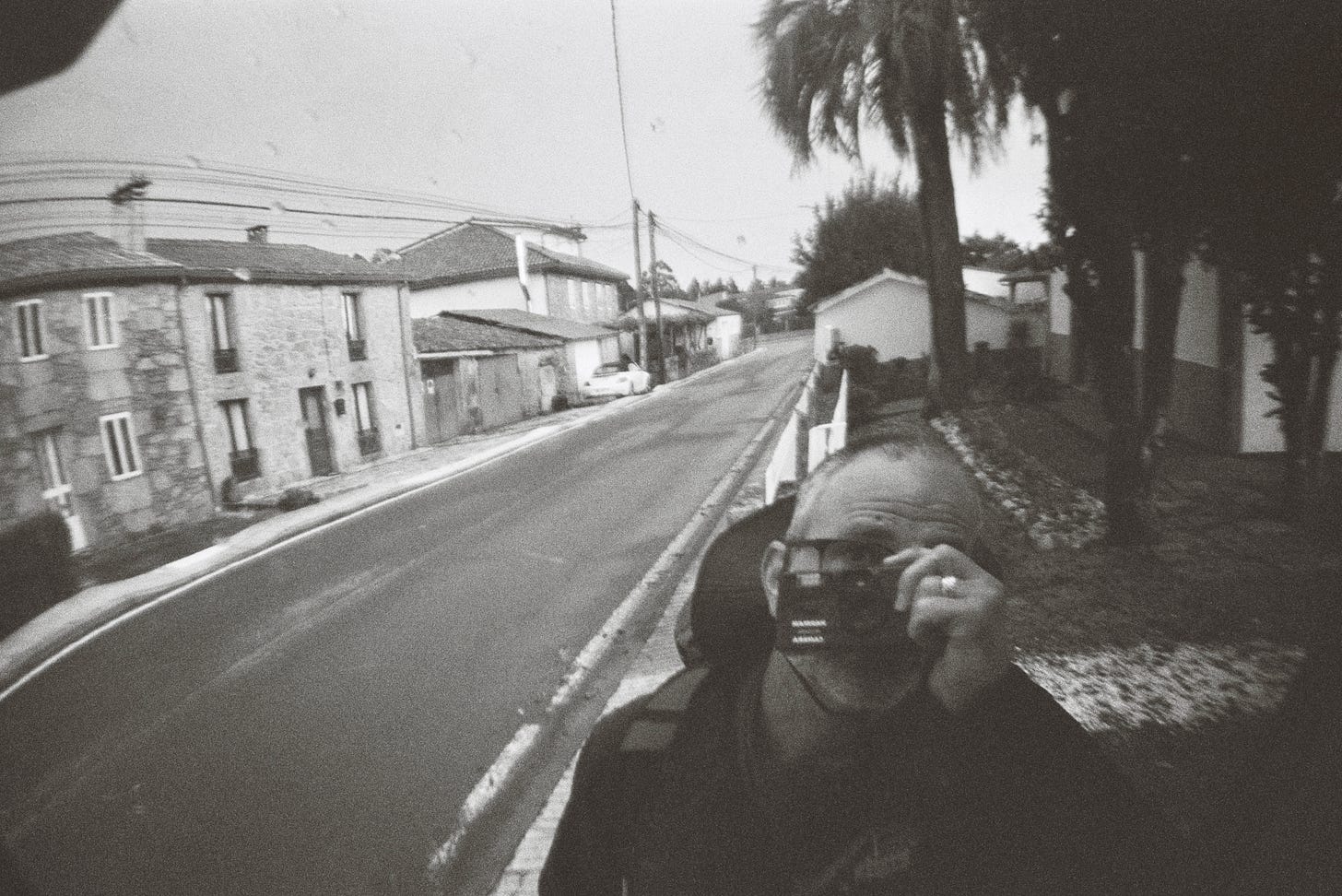
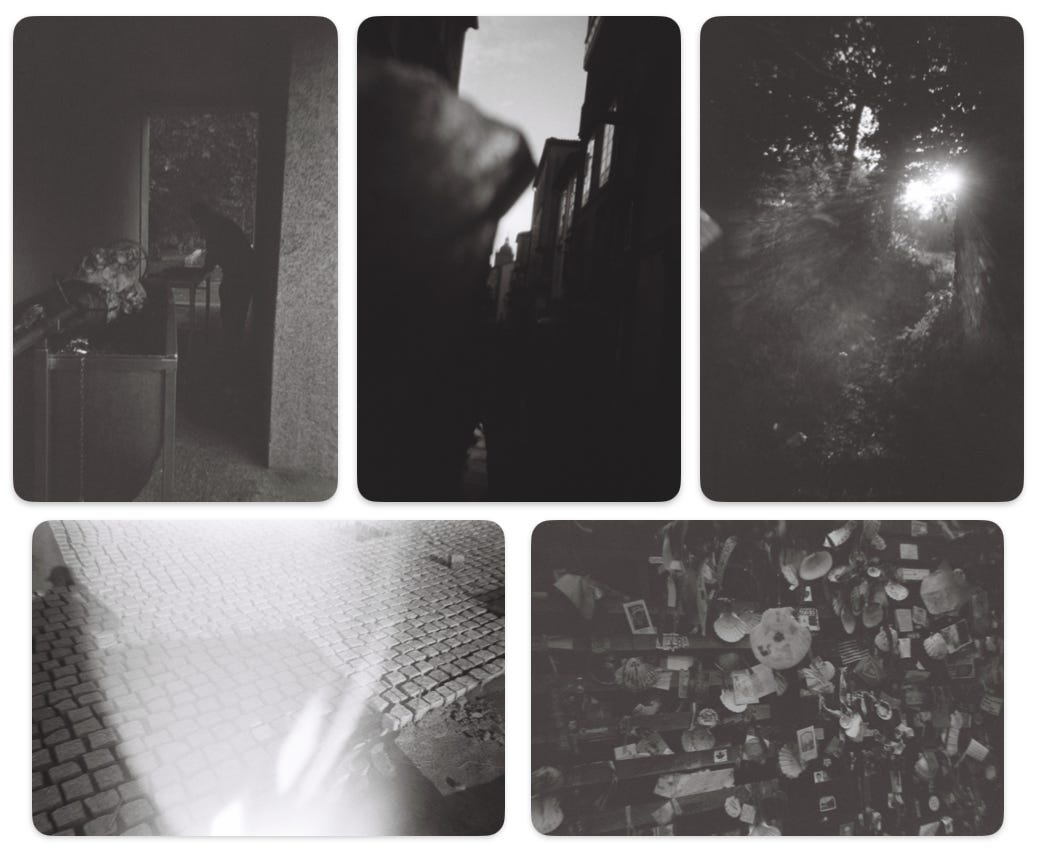
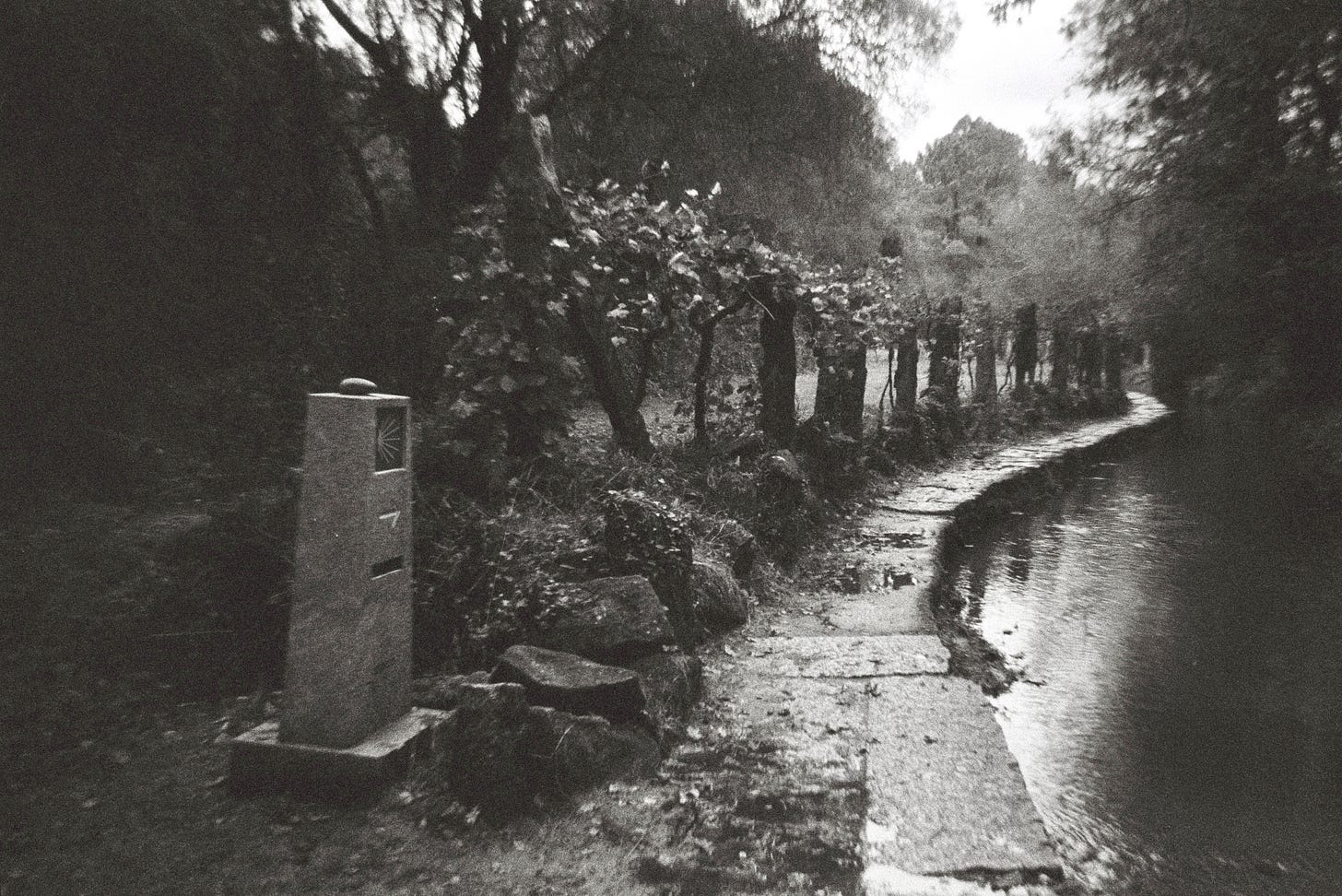
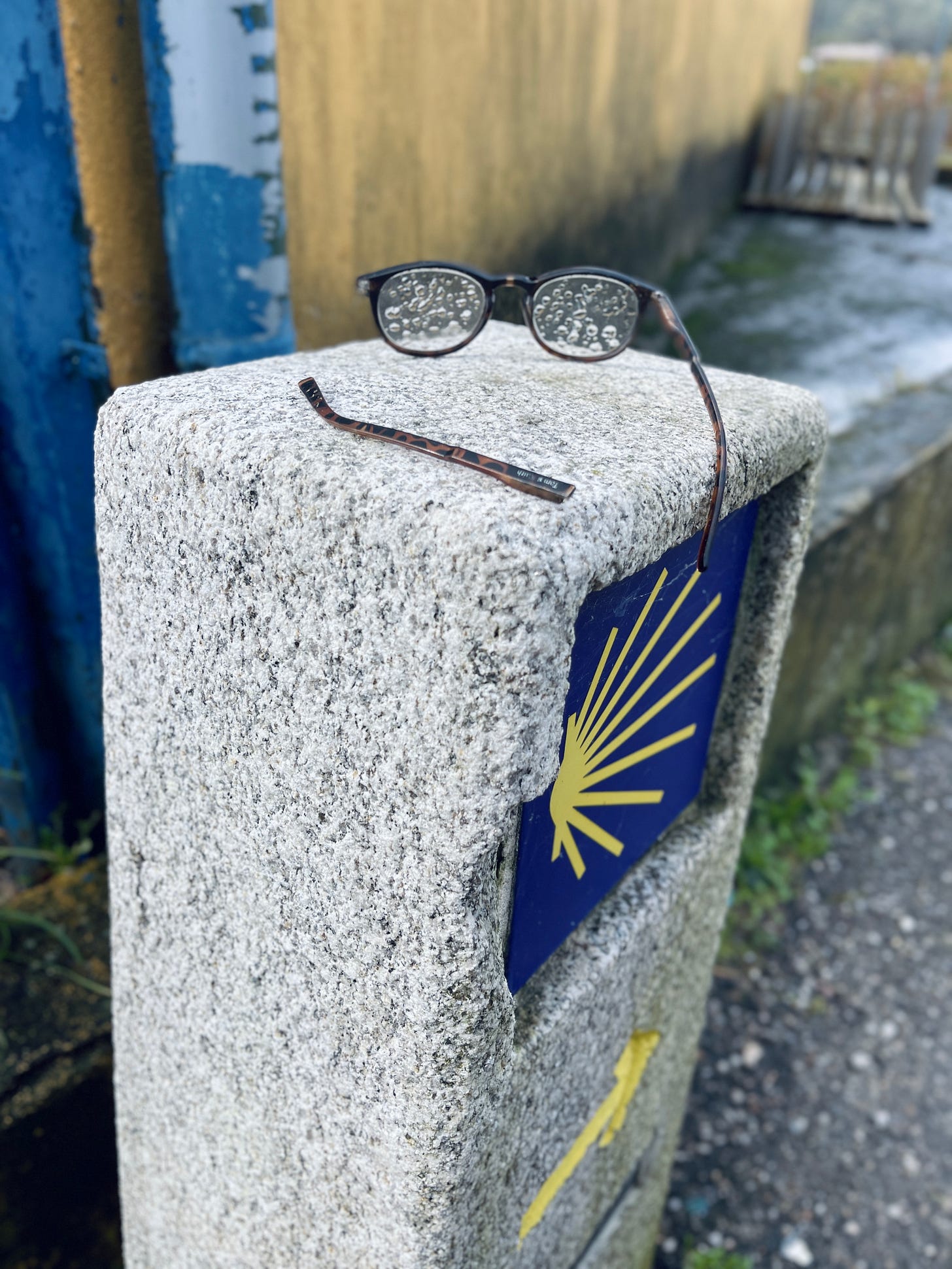
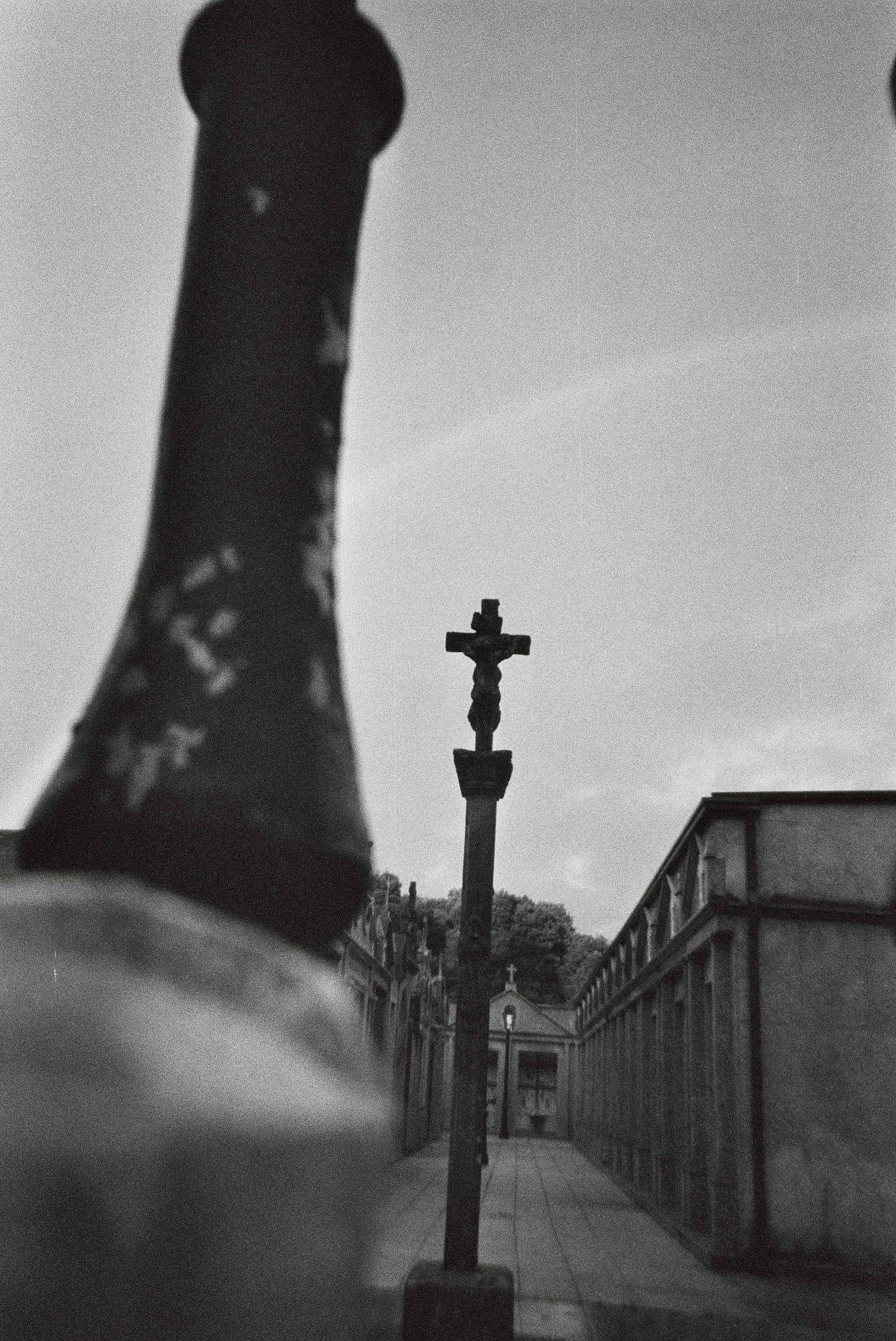
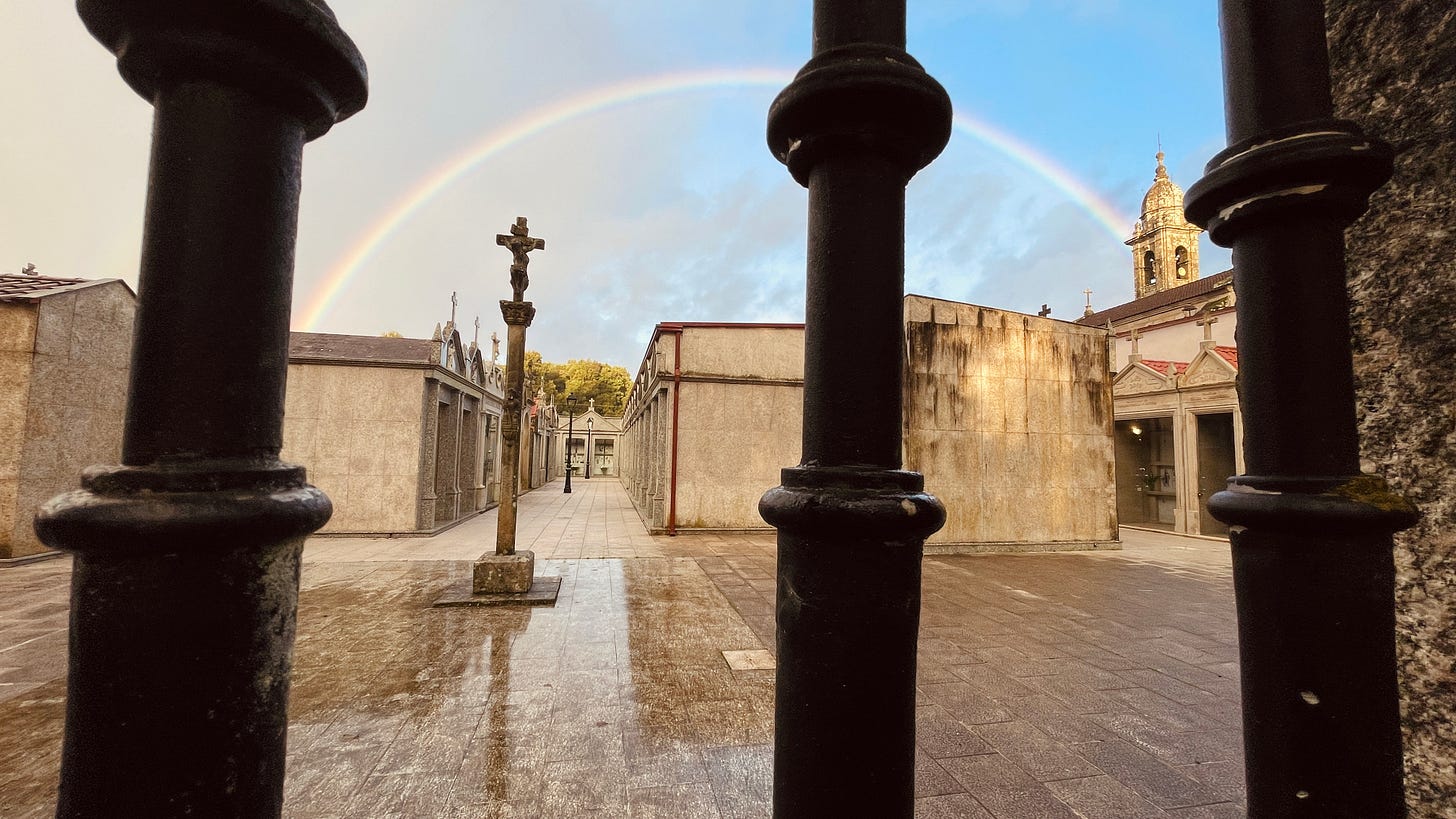
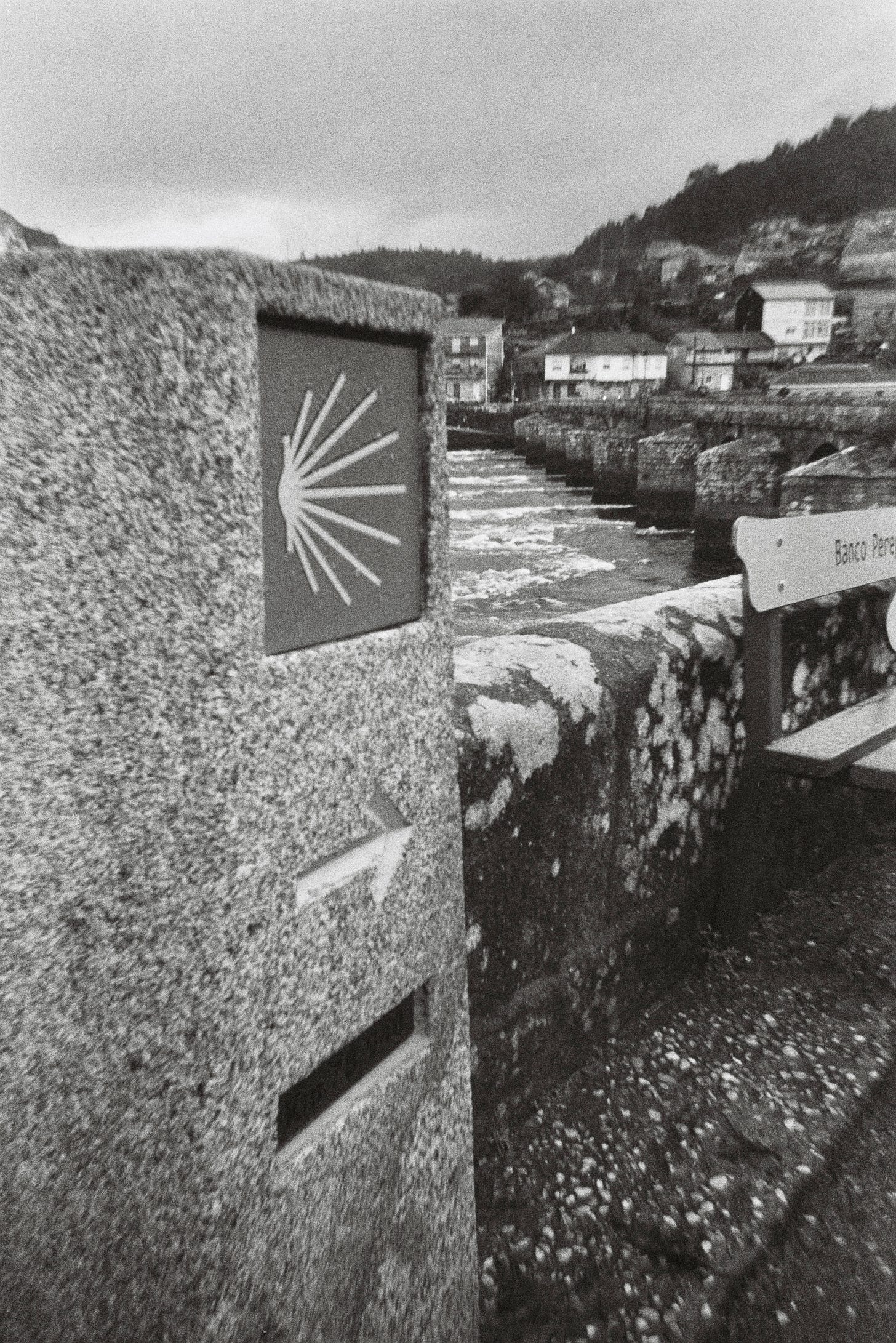
Loved this; needed this. Forwarded this to a wonderful friend of mine, Bruce Buchanan, who does 10,000 steps a day (I'm envious!), taking beautiful pictures, as inspired, along the way. Thanks for sharing your inspirations, Brandon! DP
Duh! And now for the link: https://www.buchananphotocelebrations.com/